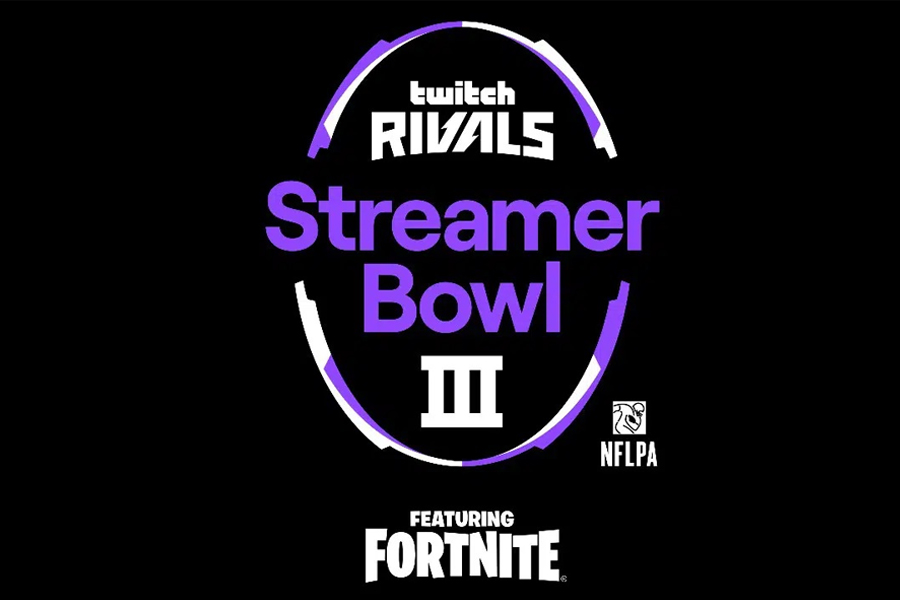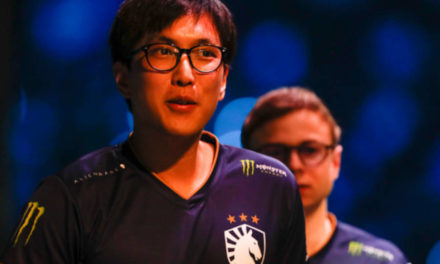During the pandemic, the Twitch Rivals Streamer Bowl represents the evolution of live esports production. Following the live onsite production of the inaugural event in Miami in February 2020, the 2021 edition, which took place at the height of the early 2021 COVID surge, was a fully remote event with an extended-reality (XR) stage. Streamer Bowl III will return to Los Angeles tomorrow night, with competitors onsite, and Twitch has taken the live Fortnite stream to a whole new level.
To compete in a head-to-head, elimination-style Fortnite tournament in Streamer Bowl III, Twitch Creators, NFL Stars, and Twitch Community Champions will battle it out to win part of a $1 million charity prize pool. Tomorrow at 5:30 p.m., the livestream on Twitch Rivals will begin. ET.
The first-ever Streaming Bowl, which took place in Miami in 2020, featured 32 players (16 duos) and was a huge success for both Twitch creators and fans watching at home. Twitch, however, decided to make Streamer Bowl II a fully remote production centered on an XR stage with 90 players because the pandemic was peaking in February 2021. (30 trios).
There will be 60 players (20 trios) playing in a one-of-a-kind arena at LA Live in downtown Los Angeles in 2022, with 30 player seats on each side of a custom Twitch field, 1,000 seats (although a live audience was not planned due to safety concerns), and an enormous interactive LED display.
To capture all of the action and tell the story of the 60 players competing this year, the Twitch production team is using a NEP EN2 mobile unit and a robust EVS replay/playback setup. The Live Event Deck, which is adjacent to the Crypto.com Arena, is where on-site crew members can be found. Twitch has a crew of up to 200 people on site, with backgrounds ranging from esports to professional sports and traditional broadcasting.
Esports Engine handles broadcast production and esports-tournament operations, and Twitch has once again partnered with Concom to manage production logistics and facilities. All broadcast equipment is provided by NEP, including CT (Creative Technology) and a massive LED wall in the venue.
Despite the fact that COVID numbers and restrictions have decreased in recent days, the Twitch Rivals team has kept the pandemic in mind throughout the event’s planning. For the duration of the event, Twitch has partnered with Carbon Health to implement production protocols and a comprehensive health and safety plan to protect the crew, talent, and creators.
Flisler and his team have also learned from last November’s Twitch Rivals: Ultimate Challenge event in Las Vegas by replacing each streamer’s desktop PC and webcam with a Samsung phone that can be used as an IRL (in-real-life) camera.
A selfie stick is used by streamers to quickly switch camera input from their webcam to a phone, which they can then carry around the venue to interview their opponents or out of the tunnel for their big walkout.
IP (NDIHX video) will be streamed directly from each team’s Samsung phone. To give real-time updates, candids, and interactions with other streamers across the arena, they can switch to this view and share behind-the-scenes action using their Samsung phones and OBS.
Twitch has a backup plan in case a participant is unable to attend in person: a number of hotel rooms are fully equipped for live broadcasting, including a gaming PC, webcam, and all of the same peripherals used by competitors at the venue. Twitch is able to integrate these streams directly into the main stream thanks to a proprietary hardware solution.
A new layer of graphics integration into live gameplay has also been added by Twitch, which includes player indicators that indicate when teams have been eliminated, Twitch chat-controlled cheering that triggers in-venue LED graphics, and a custom graphics package for each streamer’s desktop that is controlled by a customized Stream Deck.
Streamers are set up to play on modular and reusable streamer desks created exclusively for the Twitch Rivals program by Netherlands-based Sightlines Productions, which offer streaming-specific detailing and an infinite number of setup possibilities (Flisler calls it “Legos for Streamers”). Streamers are set up to play on modular and reusable streamer desks created exclusively for the Twitch Rivals program by Netherlands-based Sightlines Productions, which offer streaming-specific detailing and an infinite Twitch now has the flexibility to cater to the needs of the event’s Twitch Creators, NFL Stars, and Twitch Community Champions.
On twitch.tv/twitchrivals and /twitchrivalsscores, there will be 65 streams broadcast for viewers to watch and participate in via chat and interactive features: 60 player streams, three IRL co-streamers, and two hub channels. There are 80 total video feeds used to create these streams, including 60 Twitch streamer feeds (their actual stream with webcam or mobile phone cam, graphics, and gameplay), three Twitch co-streamer feeds, seven Fortnite game observer feeds, and ten total studio cameras spread out throughout the arena. Each streamer uses their own Twitch channel to broadcast, with their own graphics and alerts, as well as talking to their chat.
At TwitchCon 2019, Flisler takes a moment to reflect on everything his team has accomplished since he and Epic Games came up with the idea for the Streamer Bowl at TwitchCon 2019.







